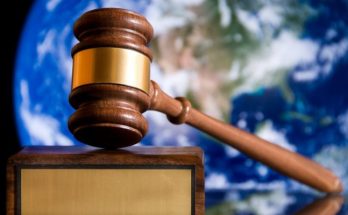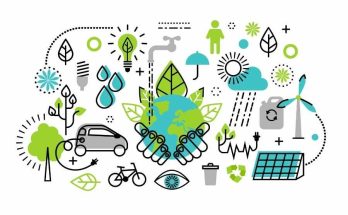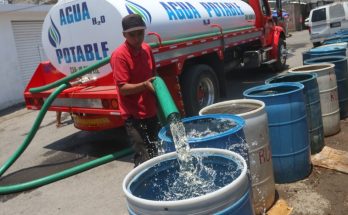By Alejandro Angulo
Severe drought in some states in Mexico is affecting agriculture. Agricultural soils are those mostly impacted, especially if they exhibit high levels of degradation as a result of loss of vegetative cover or extensive plowing, trampling by livestock, or machinery. All of this can make the soil vulnerable to wind erosion.
People have always depended on soil, but we often ignore it and, what is more, we ignore the great wealth of its biodiversity. Soil organisms contribute to a wide range of essential soil ecosystems, and their abundance is enormous. For example, one cubic meter of grassland land can support billions of organisms: 10 million nematodes, 45,000 earthworms, 48,000 mites and springtails, hundreds of thousands of protozoa, algae, fungi, and thousands of bacteria. But changes in land use bring invasive species, acid rain, sewage pollution, excess fertilizers, and toxic chemicals, all of which can impact and alter soil organisms and the plants they support. Land becomes reshaped and transformed with the growth of cities and the urban model of economic development. Areas of only slight or zero erosion correspond to land in low-lying areas or that of already urbanized slope areas, which protect the soil against erosion.
There are at least three fundamental reasons to consider soil in the ecological ordering when considering the different uses of land—residential, commercial, industrial, tourist, agricultural or environmental protection.
The first reason has to do with valuing soil for its essential services and functions. This means promoting the retention of soil in the areas most susceptible to erosion; within the local ecological ordering in non-urban land these would be considered «soil conservation works.»
The second deals with the value of carbon storage within the context of climate change and the related water crisis. Here, soil plays an important role in filtering rainwater and maintaining humidity. Therefore, in local and regional territorial ecological planning, soil must be considered and protected in order to conserve and regenerate it.
The third reason has to do with the fact that soil plays a role in controlling the process of desertification. Desertification is a natural process of expansion of deserts caused by geomorphological and climatic causes—a complex process of degradation of land in arid, semi-arid, and dry sub-humid areas. It causes loss of animal and plant species, fertile productive soils, and ecosystems. Desertification decreases agricultural production, ultimately leading to food insecurity. The desertification process has advanced north to south in Mexico; the Lerma basin in the Bajío is the last containment barrier. For this reason, Querétaro has a strategic role in developing measures and management techniques for controlling such risks and reducing our vulnerability to drought and desertification.
What is needed is a thorough investigation of the geospatial location in the territory and the strategic areas in which the soil must be protected, conserved, and regenerated. All of this must be initiated as soon as possible in order not to lose territorial reserves that will be needed in the future. This is crucial for guaranteeing the essential services of soil and biodiversity. But it is also important for territorial recycling—a reformulation of policy to lay the foundations for a barrier against the process of desertification and drought. These can affect the urban populations and food production for metropolitan areas.
The way we treat the soil has enormous implications. Modern agriculture focuses on large-scale commercial production at low prices with an associatory decline in rural population. Therefore, modern agriculture has a negative impact on soil and people, which is why there are proposals to move toward regenerative agriculture, starting with zero or minimum tillage. All this will influence reduction of drought conditions by causing greater soil moisture and storage of carbon, which are both important as mitigation against climate change.
We must understand the importance of conserving soil because we depend on it for food, and soil depends directly on its biodiversity. The current drought conditions are not the first, nor the most serious, but we must seriously consider them because they are taking place now. It is affecting a large part of the population, and it alerts us to the threat of climate change and related water crisis. We know a decline of in soil biodiversity precedes the advancement of desertification. Drought alone does not represent a great risk, but it does so within all the other processes and factors that characterize our current situation, which highlights its urgency and risk.
What we do or fail to do to manage the current drought will have serious consequences three to four years from now. Let’s make the right decisions, assuming we each have co-responsibility for helping to manage drought and expanding society’s conscience.




